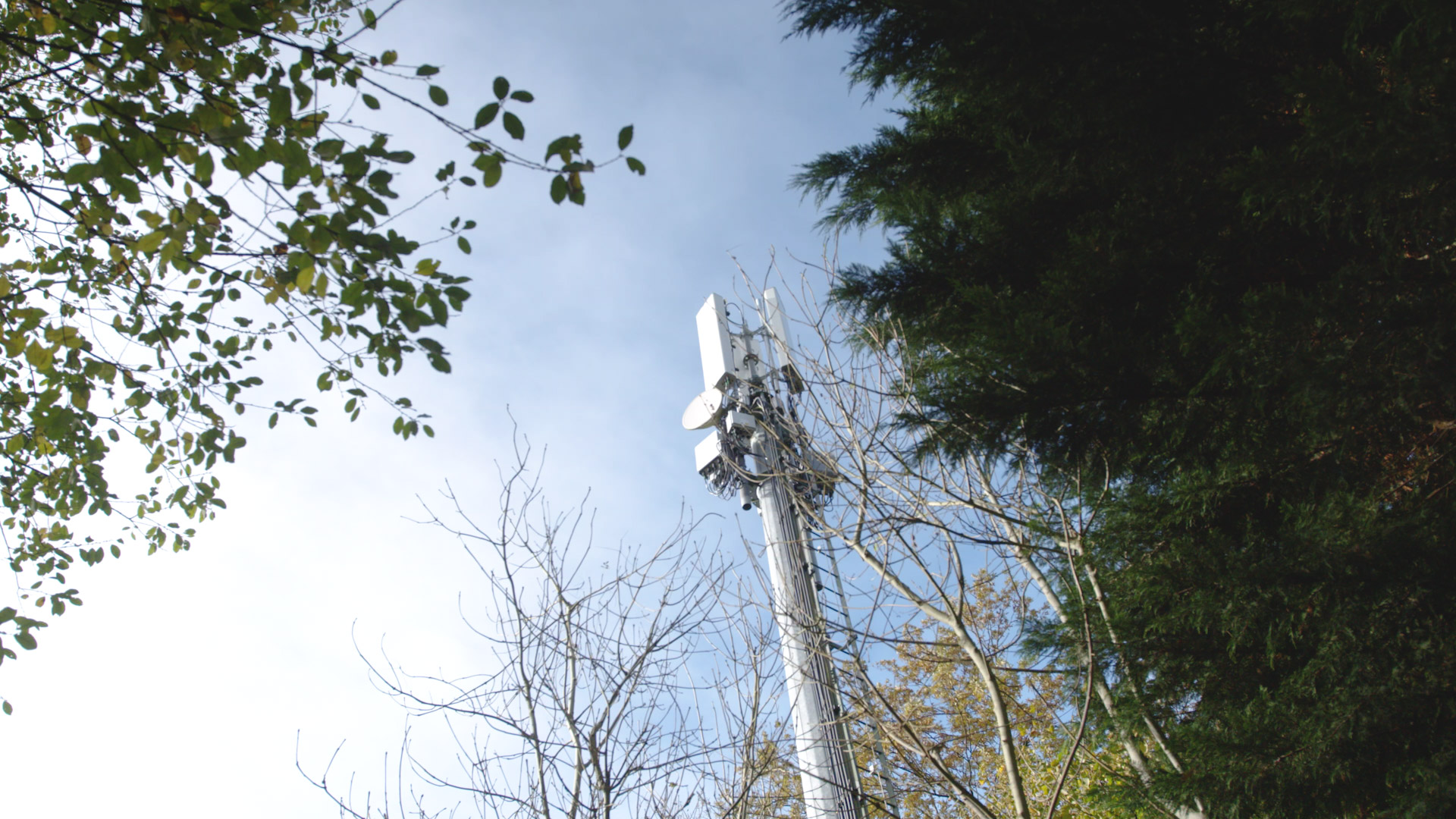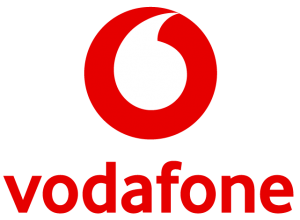In recent years, we have seen an unstoppable trend of software disruption across several industries. Radio networks, which are key for connectivity, are no exception. And yet, radio networks themselves have remained largely unchanged for decades.
Part of radio technology’s global success in mobile communications was the way it traditionally worked with a small set of standard interfaces. However, for the most part, these technologies are built with proprietary components. As a result, innovation in radio has been constrained by the resources developed by a few incumbent suppliers.
Since 2018, a new approach has emerged: radio virtualisation alongside the ability to separate hardware and software on a multivendor, open radio access network, otherwise known as ‘Open RAN’.
The Open RAN revolution
Open RAN implements the same interfaces and technologies as traditional RAN, but pushes the boundaries of technology to implement radio solutions based on standardised interfaces and common off-the-shelf hardware.
Vodafone is driving this technology, together with other major global operators, as members of the O-RAN ALLIANCE. Established in August 2018, the O-RAN ALLIANCE is a world-wide community of mobile network operators, vendors and research institutions.
Open RAN is no longer just an R&D initiative for mid-size suppliers of radio networks. Today, there is virtually no vendor in the IT and telecommunication sectors not exploring or supporting this exciting new innovation.

What are the benefits of Open RAN?
Commoditising radio platforms makes them cheaper over time. The open interface specifications from the O-RAN ALLIANCE enable previously unseen levels of modularity. This effectively removes entry barriers for new innovation-hungry companies and removes the risk of vendor lock-in.
Change in this space doesn’t stop there. Vodafone’s next focus is chipsets, where extending the concepts of open interfaces and increased modularity could improve Open RAN performance and costs. Silicon vendors currently use custom silicon which provides the performance required, but results in chipset lock-in.
To help tackle this, Vodafone has established the Malaga Open RAN Centre, an ambitious endeavour to guide the Open RAN chipset industry. Over time, with the right regulatory and funding support from governments, the centre could transform the industry by promoting a standard framework for multi-use chipsets, making them cheaper and partially programmable. This will allow for flexibility, innovation and competitive differentiation.
Another innovation is a new network architecture defined by the O-RAN ALLIANCE, which includes the possibility of running applications at the edge of the mobile network. This is called the ‘Radio Intelligent Controller’ (RIC). The RIC presents another significant opportunity to develop new applications tailored to specific industries using Open RAN. RIC applications will incentivise software companies to enter this previously walled garden.
Unlocking opportunities
Within the EU, both political signalling and uncertainty about concepts such as ’open strategic autonomy’ or ’digital sovereignty’ are having a dampening effect. Open RAN must be part of the EU’s vision for digitalisation – without this, the EU risks deterring European players from entering the market or future-proofing their positions.
The US is looking to support the accelerated development of Open RAN and prove the technology at scale. If a gap opens between US-sponsored efforts and progress on Open RAN elsewhere, US technology companies could establish a commercial lead.
To avoid this, we need clear signals from the European Commission. Open RAN could become part of Europe’s digital transition; from supporting start-ups to enabling SMEs, forging industrial alliances and building large scale pilots. It could lead to transformative projects across Europe.
Open RAN, whilst primarily a telecommunications issue, touches on the wider question of whether open strategic autonomy helps or hinders European innovation. Open RAN is an example of how political will and messaging ultimately decide where, rather than if, innovation happens and who becomes a leader or laggard. If Europe wants to play a role, it must be now.

